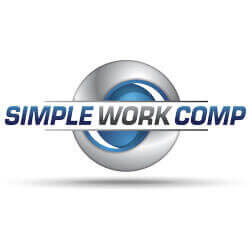by admin / on 30 April, 2010
The number one workplace safety problem…
OSHA and the Bureau of Labor Statistics reported the number one complaint of on the job injuries was back pain. Over one million workers each year suf...
by admin / on 27 April, 2010
A Closer Look at Electricians…
Many electricians dream of staring a small business, but they need to understand how to lay the groundwork and make the best use of scarce resources. ...
by admin / on 26 April, 2010
Reduce Your Business Risk by Increasing Communication
Communication is a critical component to reducing the risk of work related injuries or accidents but many small business owners take for granted that ...
by admin / on 23 April, 2010
Why Choose Work Comp Co-Op?
Dealing with workers compensation and other small business insurance is a complex, time consuming and frustrating task that most small business owners...
by admin / on 8 January, 2009
Truckers Facing Tough Economic Times
As if the cost of fuel wasn’t taking a toll, safety concerns and rising workers comp insurance is putting an even greater dent into the earnings of
by admin / on 5 January, 2009
HAZMAT Registration for Your Business
If you own a company that transports hazardous materials, it might be necessary to complete HAZMAT registration with the U.S. Department of Transporta...
by admin / on 1 January, 2009
3 Simple Things to Make Your Small Business Look Professional
Whether you have a small business that you run out of a home office or a contracting business that you run primarily out of a truck or a plumbing busi...
by admin / on 24 November, 2008
Plumbers Plan on Problems to Protect Yourself
Most people starting a plumbing business understand that they need to follow state and local regulations when working. Sending out licensed plumbers
by admin / on 24 November, 2008
Logging Leading the Hazardous Occupation List
Logging may be the most dangerous job available. In 1997 there were 128 logging deaths for every 100,000 loggers, and 14,000 injuries per 100,000 wo
by admin / on 24 November, 2008
Painting Pressures: House Painting Has Worries
Running a house painting business is a great way to make money even during a downturn in the economy; many homeowners and business owners alike are lo...

